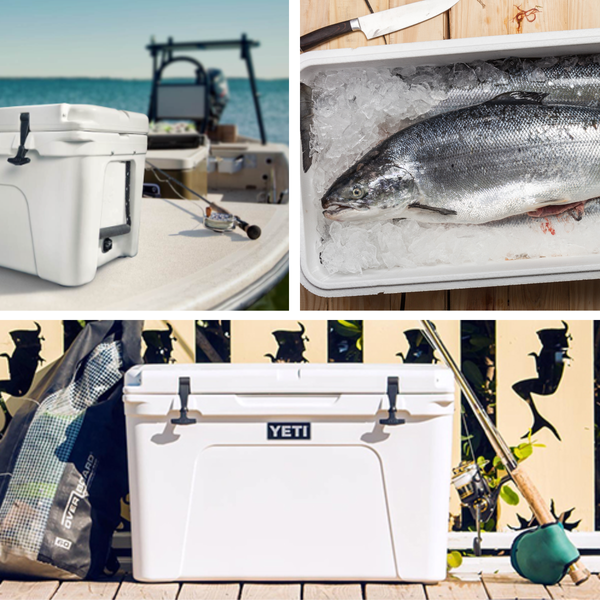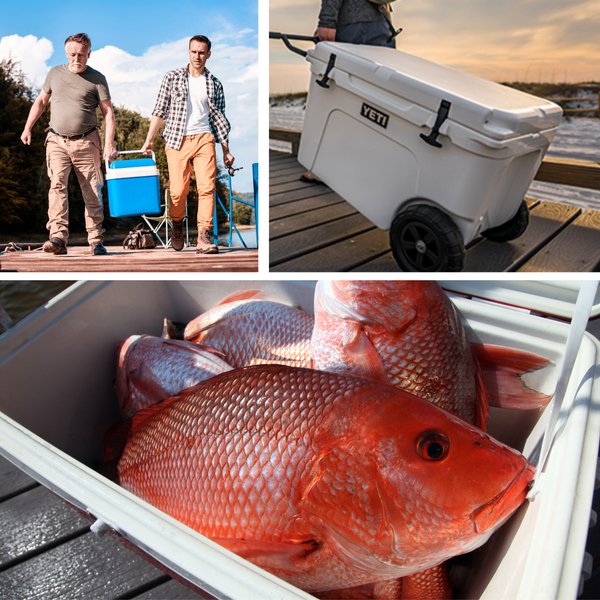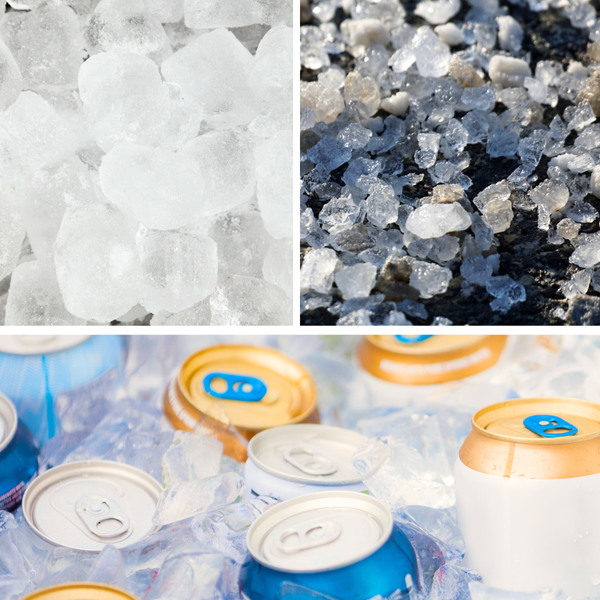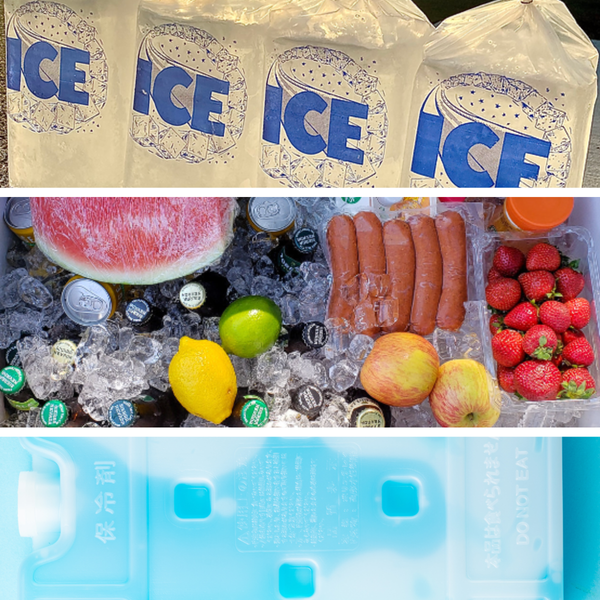When it comes to keeping your drinks cold and your food fresh, the choice between soft sided coolers and hard sided coolers can be a tough one. Whether you're planning a beach day, a camping trip, or just a picnic in the park, the right cooler can make all the difference. In this comprehensive guide, we'll explore the effectiveness of soft coolers compared to their hard counterparts, helping you make an informed decision for your next outdoor adventure.
Key Takeaways:
- Understand the differences between soft and hard coolers in terms of insulation, durability, and portability.
- Discover how soft coolers can be just as effective as hard coolers for certain uses and preferences.
- Learn practical tips for maximizing ice retention and cooler performance for both soft and hard coolers.
The Battle of Coolers: Soft vs. Hard
When it comes to choosing the best cooler for keeping your favorite beverage at the proper temperature, the debate often boils down to soft coolers versus hard coolers. Hard coolers, like the BR Tank Rolling Cooler, are known for their superior durability and insulation. Made from materials like rotomolded plastic, they boast thick walls and often come with features like built-in cup holders and cutting boards. On the other hand, soft sided coolers are praised for their portability, with features like padded shoulder straps and backpack straps making them easier to carry.

Insulation: Keeping Ice Frozen
Insulation is key for any cooler that aims to keep food and drinks ice cold for long periods. Hard coolers typically offer better insulation due to their thick walls and sometimes use rotomolded construction, which provides a continuous layer of insulation without seams. Soft coolers, however, have made significant strides with closed cell foam insulation that can keep ice frozen for extended periods. The entire bag is designed to maintain a cold environment, though it may require more ice to achieve the same level of ice retention as a hard cooler.
Durability: Withstanding Rough Handling
When it comes to durability, hard coolers are the clear winners. Designed to withstand rough handling, they're ideal for rugged camping trips and all terrain adventures. The rotomolded plastic construction of many hard coolers can take a beating and still function perfectly. Soft coolers, while not as robust, are made with high-quality materials that can handle a fair amount of stress. They're perfect for day trips or short trips where the risk of damage is minimal.
Portability: Easy to Store and Transport
One of the biggest advantages of soft coolers is their portability. Lightweight and often equipped with padded shoulder straps or backpack straps, soft coolers are much easier to carry and store than their hard counterparts. They can be compacted down when not in use, making them a convenient option for those with limited storage space. Hard coolers, with their rigid structure, can be bulky and heavy, especially when filled with ice, drinks, and snacks.

Capacity: How Much Can You Fill?
When it comes to storage space, hard coolers typically offer more room to store your drinks and snacks. They often come with dry goods baskets and can hold a larger number of cans. Soft coolers, while more compact, still offer ample space for food and drinks, making them suitable for day trips or short outings. The key is to consider how much you need to transport and for how long it needs to stay cold.
Maintenance: Keeping Your Cooler in Top Shape
Maintaining your cooler, whether it's a hard sided cooler or a soft sided cooler, is crucial for its longevity and performance. For hard coolers, regular cleaning is essential to prevent odors and stains. Use a mixture of mild soap and warm water to scrub the interior and exterior. Pay special attention to the lid, where bacteria can accumulate. Rinse thoroughly and let it air dry with the lid open to prevent mildew. For soft coolers, which are often constructed with fabric exteriors, spot cleaning with a gentle detergent is recommended. Avoid machine washing as it can damage the insulation.
Both hard and soft coolers benefit from periodic checks of their seals and zippers to ensure they remain airtight and watertight. For hard coolers, inspect the gasket around the lid for any signs of wear or damage. Replace it if necessary to maintain superior insulation. For soft coolers, make sure the zippers close smoothly and apply a zipper lubricant if they start to catch. This will help keep the cold in and the heat out, ensuring your cooler continues to perform at its best. Regular maintenance not only extends the life of your cooler but also maximizes its efficiency.

Customization: Personalizing Your Cooler Experience
Cooler customization is becoming increasingly popular among outdoor enthusiasts who want their gear to reflect their personal style or to enhance functionality. For hard and soft coolers alike, there are numerous accessories and modifications you can add. Hard sided coolers often come with built in cup holders and slots for ice packs, but you can also find aftermarket accessories like cooler dividers, cutting boards, or even seat cushions that make your cooler double as extra seating. These additions not only personalize your cooler but also improve its utility.
For soft sided coolers, customization options might include attachable pockets for extra storage or straps for easier carrying. Some brands offer the ability to add patches or graphics to the exterior, allowing for a more personal touch. Additionally, consider adding reflective tape for increased visibility if you're often out after dark, or waterproof pouches to protect sensitive items like phones or keys. By customizing your cooler, you create a more personalized and practical product that stands out from every other cooler on the beach or at the campsite.
Features: Beyond Keeping Beer Cold
Coolers today come with a variety of features that extend beyond just keeping your beer cold. Hard coolers may have built-in cup holders, cutting boards, and even all terrain wheels for easy transport. Soft coolers, while they may lack some of these features, often come with extra pockets for dry items and superior portability thanks to their lightweight design and backpack straps.

Ice Retention: How Long Will Ice Last?
Ice retention is a crucial factor in determining the effectiveness of a cooler. Hard coolers are known for their superior ice retention, sometimes keeping ice frozen for days at a time. This is due to their thick walls and better insulation. Soft coolers, while they may not keep ice as long, can still maintain ice for a significant amount of time—enough for most day trips or overnight camping trips.
Convenience: Quick Access and Use
For those who prioritize convenience, soft coolers can be a game-changer. Their zippered openings and less rigid structure make it easier to quickly grab a drink or a snack. Hard coolers, with their latching lids, can provide a more secure closure but may require more effort to open and close, especially when you're on the move.
Adaptability: Versatile for Various Occasions
Soft coolers are incredibly adaptable. They can be used for a variety of occasions, from beach outings to picnics in the park. Their compact and lightweight design makes them ideal for situations where you don't need the extreme durability or insulation of a hard cooler. Hard coolers, while less versatile in terms of transport, are better suited for extended periods in the outdoors where keeping food and drinks cold is critical.

Price: Investing in the Right Cooler
Price is always a consideration when making a purchase. Hard coolers are typically more expensive due to their superior durability and insulation. However, they are an investment that can last for many years. Soft coolers are generally more affordable and can offer great value for those who need a cooler for occasional use or for less demanding conditions.
Summary
In the debate of whether soft coolers work as well as hard coolers, it's clear that each has its own set of advantages. Hard coolers offer superior durability and insulation, making them ideal for rough handling and extended periods outdoors. Soft coolers, on the other hand, provide excellent portability and convenience, suitable for day trips and lighter use. Ultimately, the best cooler for you depends on your specific needs and how you plan to use it.
FAQ Section
Q: Can soft coolers keep ice frozen as long as hard coolers?
A: While soft coolers have improved insulation, hard coolers typically have better ice retention due to their thicker walls and construction. However, for many situations, soft coolers can keep ice frozen long enough to be practical.
Q: Are soft coolers durable enough for outdoor activities?
A: Yes, modern soft coolers are designed with high-quality materials that can withstand outdoor activities. They may not be as rugged as hard coolers, but they are durable enough for most day trips and light outdoor use.
Q: Is it worth investing in a hard cooler if I only go on occasional outings?
A: If you only need a cooler for occasional use, a soft cooler might be more practical due to its affordability and convenience. However, if you want a cooler that will last for years and provide better insulation, investing in a hard cooler could be worthwhile.










